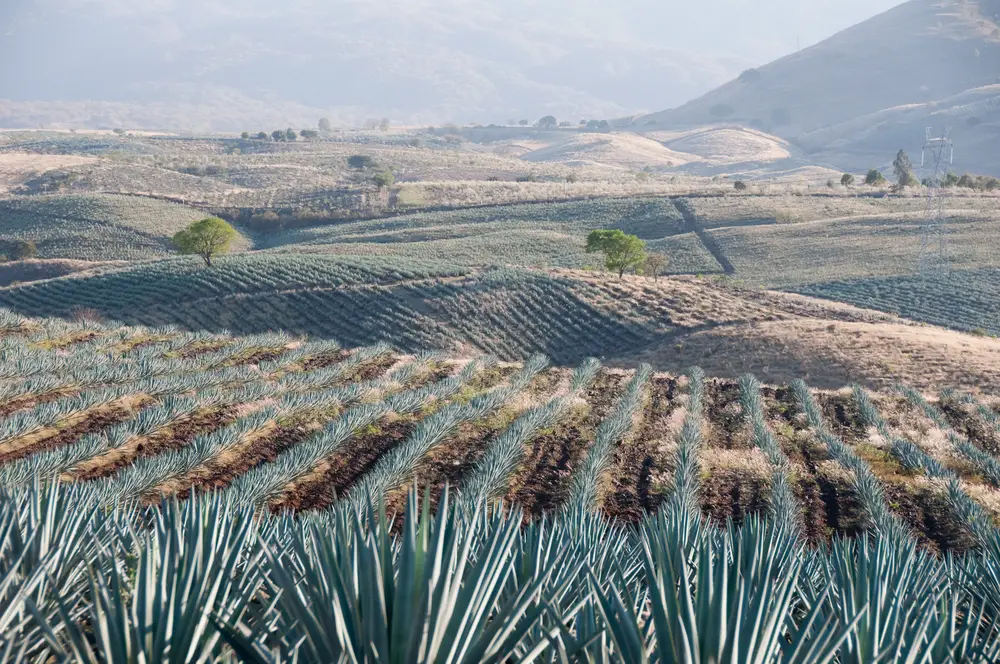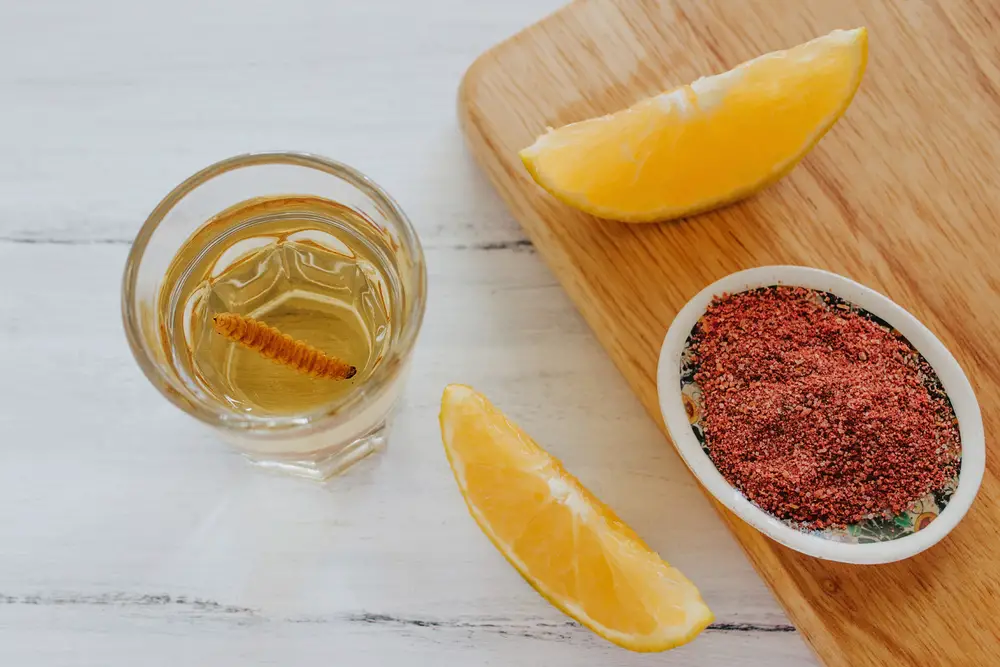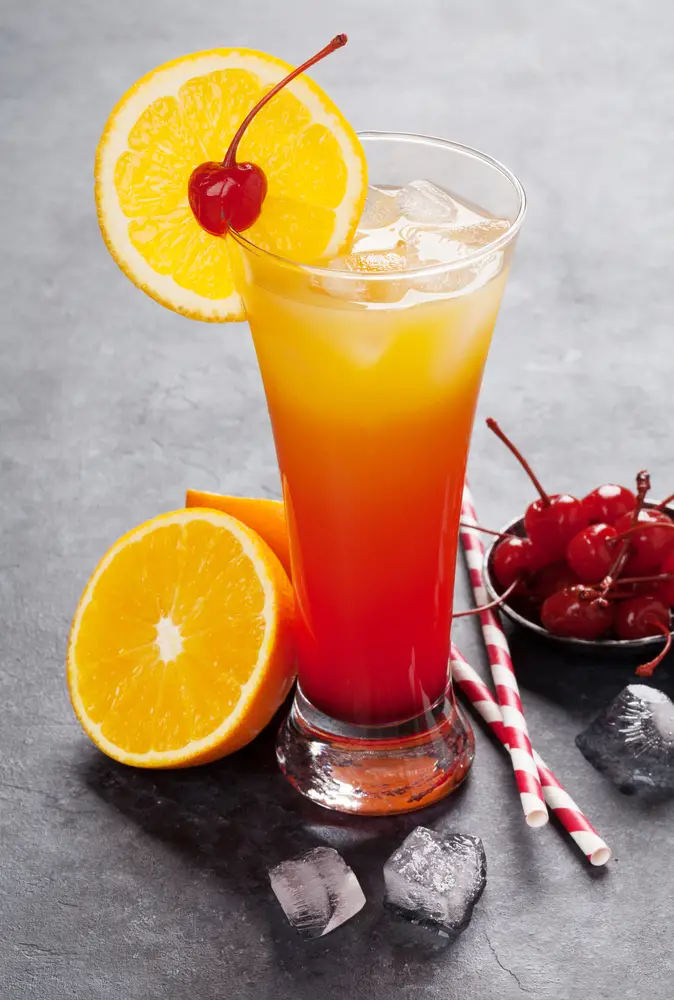
Tequila is one of the most popular liquors, but it does have a reputation for hangovers and causing many “oops!” moments. But here’s your chance to be the life of the party and educate everyone on what they’ve been sipping at dinner or shooting back using this handy guide about tequila.
Tequila is made from the blue agave plant and was first produced near the town of Tequila in the Mexican state of Jalisco in the 16th century. Mexican law dictates that tequila can only be produced in the state of Jalisco, with some production being allowed in regions of the states of Michoacán, Nayarit, Guanajuato, and Tamaulipas. Tequilas are made from the core of the blue agave, which is called the “piña.” It is steamed and then distilled multiple times in copper pots.
The United States recognizes that tequila can only be produced in Mexico, but through an agreement with the Mexican government, bulk amounts can be bottled in the US. As a side-note, the US regulations state that tequila can have up to 49% of other liquids. That is why many recommend looking for the “100% agave” on the label. If it contains more than 51% agave and less than 100%, then some manufacturers will label it as “made from (or with) blue agave.” Only tequilas distilled with 100% agave can use the label “100% blue agave.”
Now, you’re at the super-bargain liquor store that has eight aisles of tequilas in various sizes and shapes; what is a man or woman to do? Usually, the biggest confusion arises in what type of tequila you want to buy or what you’re in the mood to do with it. Here’s a quick guide to the types of tequila.
Blanco
Blanco, or white tequila, is usually unaged, stored, and bottled right after distillation, or stored in stainless steel containers for up to four weeks. This is considered pure, unadulterated tequila.
Joven
Joven, or gold tequila, is flavored with caramel or other flavorings and is unaged. These are usually used for mixed drinks and are less expensive.
Resposado
Reposado is a tequila that is aged in wooden barrels between two and eleven months. Sometimes they are aged in used bourbon or wine barrels and will take on flavors from those spirits.
Añejo
Tequila Añejo is aged for at least one year and will take on an amber color during the process. These are typically smooth and rich, and more expensive.
Extra Añejo
Tequila Extra Añejo is a new category of tequilas introduced in 2006 and are labeled this way when the spirit has been aged more than three years. They are complex and smooth.
A Word About Mezcals
Mezcals are another spirit made from the agave plant. All tequilas are mezcals, but not all mezcals are tequilas. There are three distinct differences between mezcals and tequila. Mezcals can be made from any variety of agave, while tequilas can only be made from blue agave. Mezcals are produced in nine different regions of Mexico, and they are cooked inside earthen pits and distilled in clay pots, while tequilas are distilled in copper pots. This method gives mezcals their smoky flavor.
Any mezcal discussion wouldn’t be finished without talking about the “worm.” The famous worms are not found in tequilas but in mezcals, usually from Oaxaca, Mexico. The worm is actually the larval form of a moth or the caterpillar of a butterfly that lives on the agave plant. It was an indication that the plant was infested.
The worm, however, was simply a marketing gimmick in the 1950s that damaged the reputation of mezcals to that of an inferior spirit. But mezcals have made a comeback and have been able to shake the image of the worm at the bottom of the bottle (the vast majority do not have a worm, but there continues to be a few holdouts).
Consuming Tequila
Your method of choice in the way you want to consume tequila can vary about as much as the number of brands. If you’re in Mexico, the traditional way is neat, no salt or lime. If you’re outside of Mexico, it could be a lick of salt before the shot, followed by sucking on a lime. This has been erroneously termed a “Tequila Slammer” when in actuality, a “Tequila Slammer” is tequila mixed with a carbonated beverage in equal parts.
If you’re in Germany, you may ask for a shot of gold tequila and get it accompanied by some cinnamon and a slice of orange. Of course, tequila is also used in a number in a number of popular drinks such as the margarita, a tequila sunrise (tequila, orange juice, and grenadine), the paloma (tequila, lime juice, and grapefruit soda), and the bloody Maria (the vodka in a bloody Mary substituted with tequila), just to name a few.
Other Random Tequila Facts
Chrysler made an experimental car called the Chrysler Turbine Car from 1963 to 1964 that was capable of running on a variety of fuels from diesel to soybean oil. It went on a worldwide tour, and at one point, was in Mexico. Mexican President Adolfo Mateos asked if it could run on tequila. After some quick testing by Chrysler engineers to see if it was possible, the car was gassed with tequila, and President Mateos was able to take the turbine car on a drive.
John Paul DeJoria, the co-founder of Paul Mitchell, the haircare company, also founded the Patrón Spirits Co. on a whim after his friend, Martin Crowley, the other co-founder of the company, brought him back tequila from Mexico.
Bats are the only animals that pollinate the agave plant in Mexico. Without bats, there would be no tequila.
In 2008, researchers at the National Autonomous University took a cheap bottle of tequila and heated a shot to 800 degrees Celsius. The liquid vaporized and broke down into fine carbon on metal trays. When they examined the trays under high magnification, the carbon had formed into crystal structures that were identical to diamonds.





